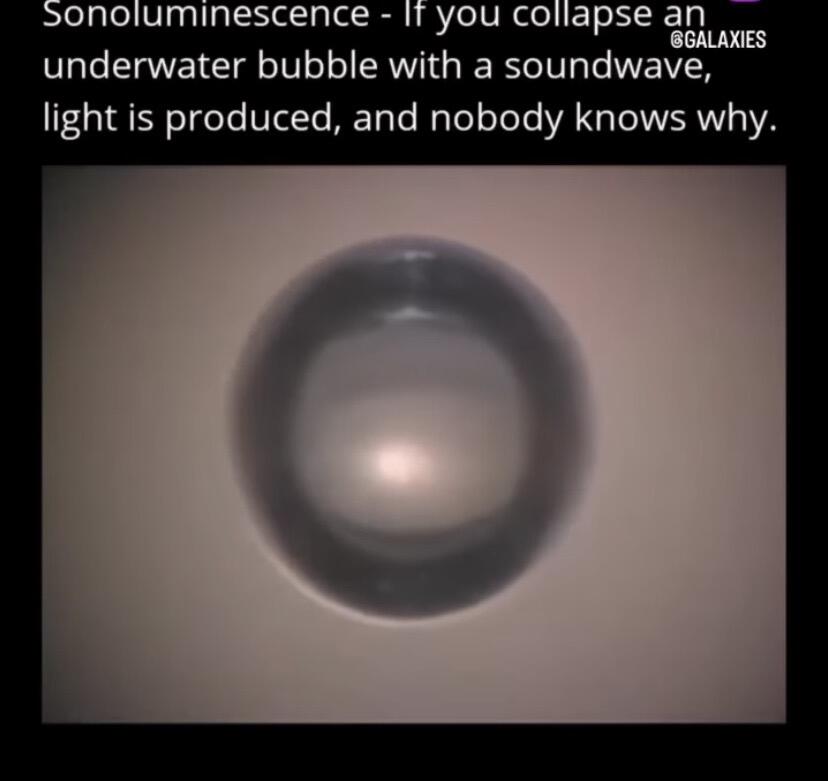As sound waves pass through the liquid, they gently nudge the bubble, coaxing it to grow larger, to stretch outward. But this growth is temporary; the same waves soon force the bubble to collapse inward with extraordinary speed. In this violent compression, something astonishing happens: the collapse produces a flash of light, so brief it might be gone before your mind can register it, yet so intense it burns like a tiny star. This is where the magic of sonoluminescence lies—a moment where sound becomes visible, its power bending the rules of physics.
Yet this phenomenon is not the only way sound shapes matter. Think of cymatics, the study of visible sound and vibration. Imagine sprinkling sand on a metal plate and then playing a musical note beneath it. The sand doesn’t scatter randomly; it organizes itself into beautiful, intricate patterns, responding to the vibrations of the sound. Different notes create different shapes, as if the music were drawing the hidden order of the universe onto the plate. These patterns—perfect geometries, like snowflakes born from melody—reveal how sound can bring structure to matter, shaping it in ways we can see and touch.
Even the formation of galaxies echoes this relationship. In the vastness of space, sound waves once rippled through the early universe, compressing and expanding primordial matter. These ripples left behind the seeds of stars and galaxies, the very building blocks of everything we know. In a way, sound waves helped sculpt the cosmos, forming clusters of galaxies from the fabric of space-time.
When we talk about phenomena like the formation of galaxies in the early universe, we aren’t referring to sound in the sense we experience it on Earth. Instead, these are more like pressure waves or fluctuations in the density of matter, often called “acoustic waves” in cosmology. In the early universe, it wasn’t a true vacuum. Before space was mostly empty, the universe was filled with hot, dense plasma—a soup of particles—and in that environment, pressure waves could travel, shaping the distribution of matter that would later form galaxies and stars.
In each of these examples, sound acts as an invisible sculptor, shaping matter in ways that often go unnoticed. It can call light into being, as with sonoluminescence, or carve patterns into sand, even shape the galaxies that dance across the universe. There’s a strange beauty in how something as intangible as sound can leave such profound and lasting imprints on the physical world—a reminder that what we hear, and often take for granted, can hold the power to create and illuminate in ways we’re only beginning to understand.

